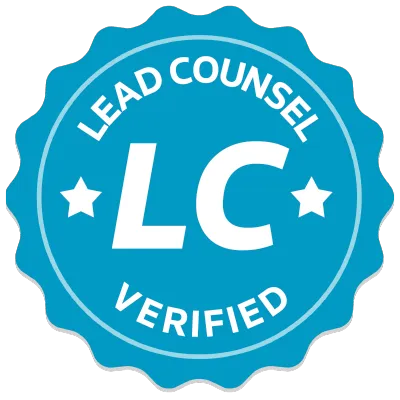- posted: Jun. 08, 2021
The EEOC recently published new guidance that Employers can require all Employees physically entering the workplace to be vaccinated for COVID-19 subject to the provisions of Title VII and the ADA.
This sentence has a lot of answers in it but has also generated a lot of questions. This blog post is going break down some of the key terms used in this guidance to help you better understand what the new guidance means
The first term that we want to draw attention to is “Employers can”. Its important that we understand that the EEOC is leaving it up to the Employer as to whether they want to create a vaccination mandate. The new EEOC guidance is not saying that the Federal Government will make you get a vaccine before returning to work; but, rather it does not prevent an Employer from requiring it.
What about the term “vaccinated for COVID-19”? Do Employees have to prove their vaccination? This part of the guidance is again left up to the Employer. The EEOC laws do not prevent Employers from requiring documentation of vaccination. However, it is important to remember that this info is considered confidential medical information under the ADA and like all other medical information, must be kept separately from an Employee’s personnel file.
What exactly are the “provisions of Title VII and the ADA”?
First, let’s look at how Title VII plays into this new guidance. Title VII prohibits employment discrimination based on race, color, religion, sex and national origin. We are currently seeing Title VII brought up when employees do not get the vaccine because of a sincerely held religious belief, practice, or observation OR due to pregnancy. Employees in this scenario may be entitled to a reasonable accommodation such as wearing a face covering, working a modified shift, or reassignment.
Second, the ADA provision functions in a very similar way. An employee who does not get the vaccine because of a qualified disability may be exempt from the mandate and granted a reasonable accommodation. The term reasonable accommodation means that the change at work cannot impose an undue hardship on the Employer. Under this provision, an Employer can request additional medical documentation from the Employee about their disability. Please remember that for an Employee to be covered by the ADA, the Employer must have 15 employees.
As always, if you have questions about how this new guidance is affecting your workplace, please give us a call at 704-643-6650.




